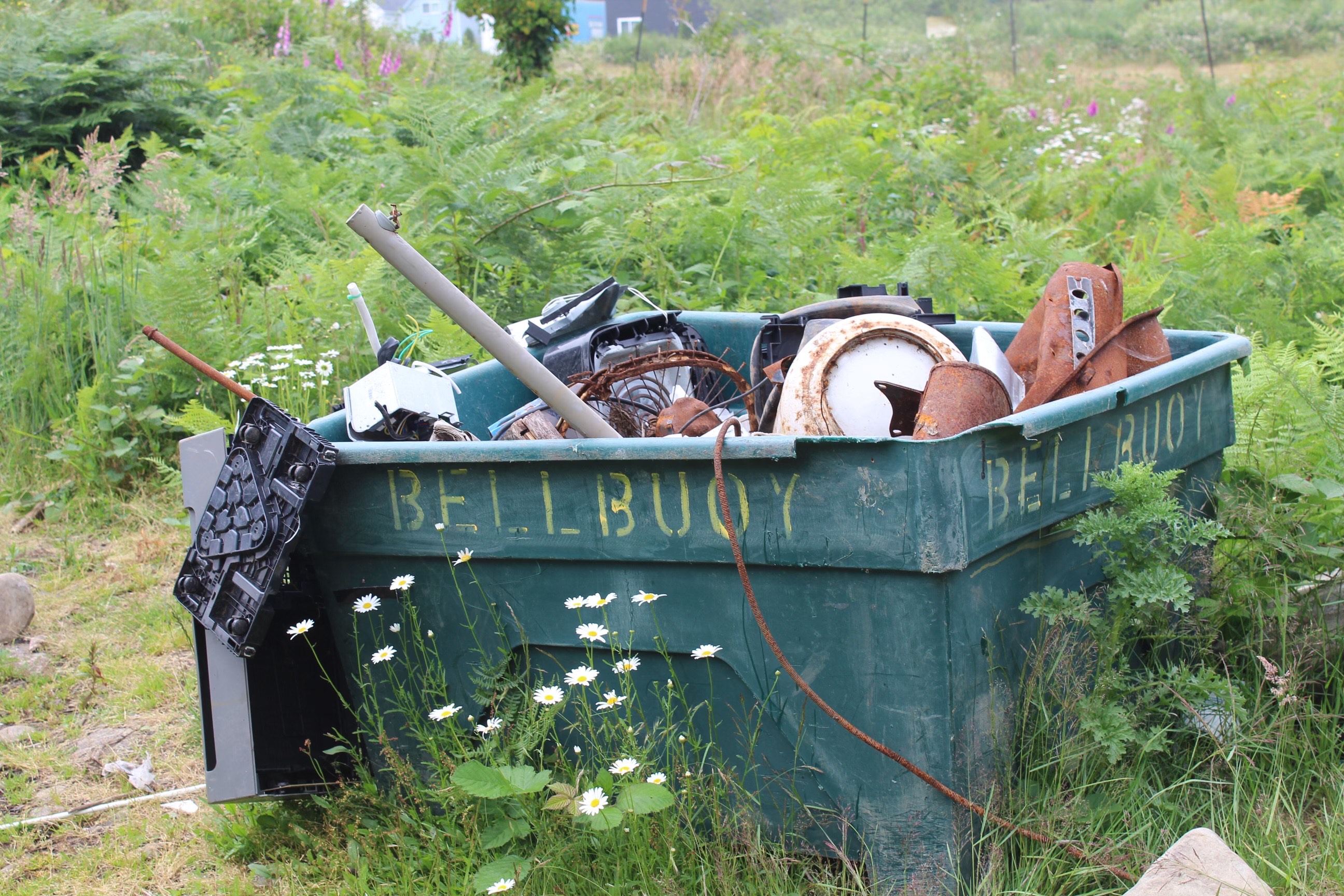Letter: An example of greenwashing
Published 12:15 am Tuesday, March 4, 2025
The recent guest column titled “Working forests provide habitat for wildlife” contained very similar claims made by the timber industry, so I decided to take a closer look.
The author, Fran Cafferata, runs a consulting firm that advises timber industry clients. She is supported by the Oregon Forest Industries Council, a group that lobbies against wildlife protection on public lands. She has testified against legislative reforms for the Oregon Forest Resources Institute.
Cafferata’s comments about Oregon’s Forest Practices Act reveal a strong industry bias. The truth is, under the Oregon forestry rules, industrial forests in Oregon are managed like a crop, with short rotations intended to maximize profits and eliminate, not enhance, wildlife habitat.
Far from being “strict” as the author claims, the Oregon Forest Practices Act doesn’t require an application to clear-cut hundreds of acres, like our neighboring states require. The Oregon act has no comprehensive environmental review, like Washington and California, and does not allow citizen appeals of forest practices that would damage drinking water sources or sensitive fish and wildlife habitat.
My favorite quote was, “hand-spreading native seed mix for the benefit of bees.” Cafferata neglected to mention the spraying of herbicides that kill everything except conifers in the clear-cuts. This article is a perfect example of “greenwashing,” telling us the forest industry is using best science, while really doing what turns the fastest buck.
In the future, I hope Cafferata will support the best science available as she advises her timber industry clients.
TED MESSING
Astoria









